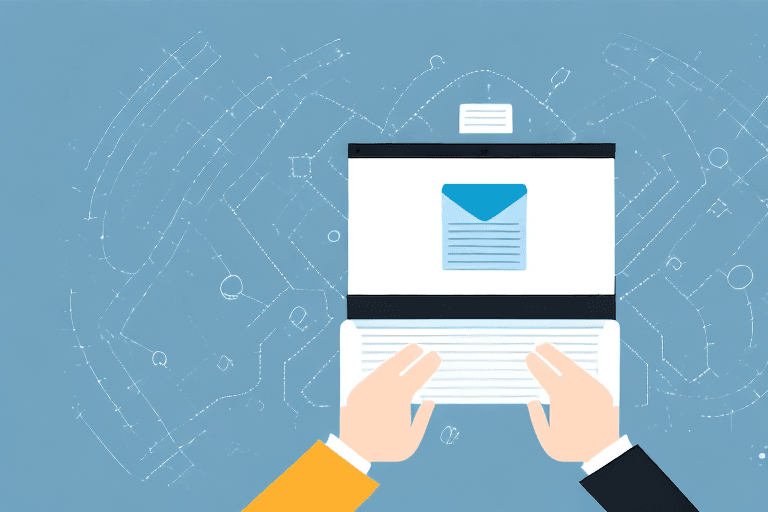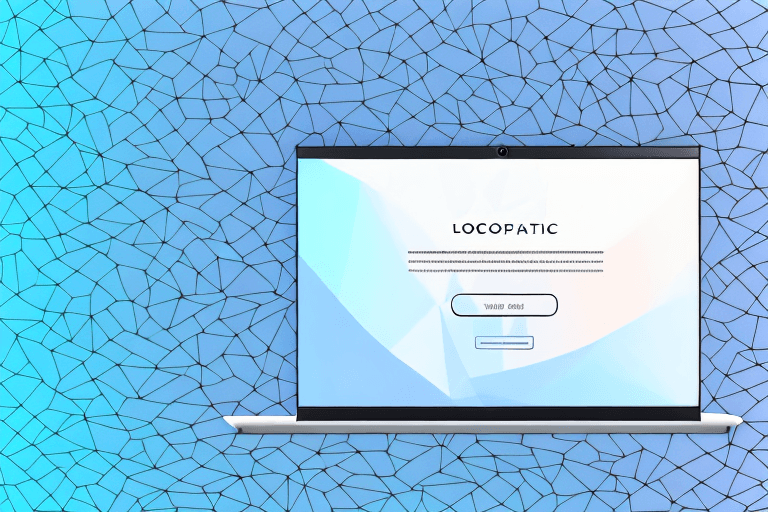In today's competitive business landscape, cold emailing has become an essential part of a B2B sales strategy. It offers an opportunity to introduce your product or service to potential clients and start building relationships. However, with so many businesses vying for their attention, it's crucial to create a cold email template that stands out from the rest.
Understanding the Importance of B2B Cold Emails
B2B cold emails are unsolicited messages sent to potential clients who have no prior relationship with your company. Unlike warm emails, which are sent to people who have expressed interest in your product or service, cold emails require a different approach to capture attention.
Defining B2B Cold Emails
A B2B cold email is a message that introduces your company and offers a solution to a potential client's business problem. The goal is to establish a relationship with the client and eventually convert them into paying customers.
The Role of Cold Emails in B2B Sales
Cold emails are an essential part of B2B sales. They offer an opportunity to introduce your product or service to potential clients and start building relationships that can lead to long-term partnerships. A well-crafted cold email template can be a powerful tool in generating new business and expanding your customer base.
However, it is important to note that cold emails should not be seen as a substitute for other sales strategies. They should be used in conjunction with other methods, such as social media marketing, content marketing, and networking events.
When crafting a cold email, it is important to personalize the message as much as possible. This means researching the recipient and their company to understand their needs and pain points. The email should be tailored to address these specific issues and offer a solution that is relevant to their business.
Another important factor to consider when sending cold emails is the subject line. This is the first thing the recipient will see, and it can make or break the success of the email. The subject line should be attention-grabbing and relevant to the recipient's needs. It should also be concise and to the point.
Timing is also crucial when it comes to cold emails. Sending an email at the wrong time can result in it being overlooked or deleted. It is important to research the recipient's time zone and schedule the email to arrive at a time when they are most likely to be checking their inbox.
In conclusion, B2B cold emails can be a powerful tool in generating new business and expanding your customer base. However, they should be used in conjunction with other sales strategies and personalized to the recipient's needs. With the right approach, cold emails can help establish long-term partnerships and drive business growth.
Identifying Your Target Audience
Before you begin crafting your cold email template, it's important to define your target audience. This will help you tailor your message to their specific needs and increase the chances of getting a response.
Defining your target audience involves understanding who your ideal customer is and what their pain points and needs are. This can be done through market research, analyzing your current customer base, and identifying trends in your industry.
Once you have a clear understanding of your target audience, you can begin to develop a strategy for reaching them. This may involve creating different messaging for different segments of your audience or using different channels to reach them.
Researching Potential Clients
One of the most crucial steps in identifying your target audience is researching potential clients. This involves understanding their business needs, pain points, and goals. It's also important to find out who makes the purchasing decisions in the company, so you can address your message to the right person.
When researching potential clients, it's important to use a variety of resources. This may include online research, industry publications, and networking events. You can also use social media to learn more about a company and its employees.
By taking the time to research potential clients, you can develop a deeper understanding of their needs and tailor your messaging to address those needs.
Segmenting Your Audience
Once you have identified your potential clients, the next step is to segment your audience based on their needs and interests. This allows you to create targeted messages that resonate with each group and increase your chances of getting a response.
Segmenting your audience may involve grouping clients based on their industry, company size, or specific pain points. You can then develop messaging that speaks directly to each group.
By segmenting your audience, you can create more personalized and effective messaging that is more likely to resonate with your target audience.
Personalizing Your Approach
Personalization is key to creating an effective cold email. Addressing the client by their name and mentioning something specific about their company or industry shows that you have done your research and are genuinely interested in working with them.
Personalization can also involve tailoring your messaging to a specific segment of your audience. For example, if you are targeting small businesses, you may want to highlight how your product or service can help them save time and money.
By personalizing your approach, you can create a stronger connection with your target audience and increase the chances of getting a response.
Crafting a Compelling Subject Line
The subject line of your cold email is the first thing a potential client sees. It can make or break your chances of getting your email opened, read, and acted upon. In today's fast-paced digital world, people receive hundreds of emails every day, and your subject line needs to stand out from the crowd.
The Power of First Impressions
First impressions matter, and your subject line sets the tone for the rest of your message. It's the first touchpoint with your potential client, and you want to make it count. A good subject line should be concise, clear, and relevant to the recipient's needs. It should also create a sense of urgency or offer a benefit to the reader. A well-crafted subject line can make the difference between your email being opened or deleted.
Imagine you're a busy executive, and you receive an email with the subject line "Increase your sales by 50% in 30 days." This subject line is clear, specific, and offers a benefit to the reader. It's likely to grab your attention and make you want to read more.
Tips for Writing Effective Subject Lines
Writing effective subject lines is both an art and a science. It requires creativity, empathy, and an understanding of your target audience. Some tips for writing effective subject lines include keeping them short and to the point, avoiding spam trigger words, and using a tone that matches your brand personality. It's also important to test different subject lines to see which ones perform best.
Another tip is to personalize your subject line. People are more likely to open an email that is addressed to them personally. Use their name or refer to something they've done or said in the past. This shows that you've taken the time to research and understand their needs.
Examples of Successful Subject Lines
Examples of successful subject lines include questions that pique the recipient's interest, personalized messages that demonstrate you've done your research, and value-oriented statements that offer a solution to a business challenge. Here are some examples:
- "Do you want to increase your website traffic by 200%?"
- "John, I noticed you're interested in sustainability."
- "Save time and money with our new project management tool."
These subject lines are specific, relevant, and offer a benefit to the reader. They show that you understand their needs and can offer a solution to their problem.
In conclusion, crafting a compelling subject line is essential to the success of your cold email campaign. It's the first impression you make on your potential client, and it sets the tone for the rest of your message. By following these tips and examples, you can increase your chances of getting your email opened, read, and acted upon.
Writing an Engaging Email Body
The body of your email is where you make your pitch and persuade the recipient to take action. It's important to keep your message clear, concise, and focused on the recipient's needs.
The Art of Brevity
Keep your email short and sweet. Get straight to the point and focus on the benefits to the recipient. Avoid using industry jargon or technical language that might confuse or turn off the reader.
Focusing on the Value Proposition
Your email should focus on the value your product or service can offer the recipient's business. Highlight how your solution can solve their pain points or help them achieve their goals.
Incorporating Social Proof
Social proof, such as customer testimonials or success stories, can help build credibility and establish trust with the recipient. Incorporating social proof into your email body can increase the chances of getting a response.
Using a Clear Call-to-Action
A clear call-to-action at the end of your email tells the recipient what action you want them to take next. Whether it's scheduling a call, booking a demo, or visiting your website, make sure the call-to-action is clear, concise, and relevant to the recipient's needs.
Conclusion
Creating a winning B2B cold email template takes time and effort. By understanding the importance of cold emails, identifying your target audience, crafting a compelling subject line, and writing an engaging email body, you can increase your chances of getting a response. Remember to personalize your message, focus on the value proposition, incorporate social proof, and use a clear call-to-action to make your pitch as persuasive as possible.




